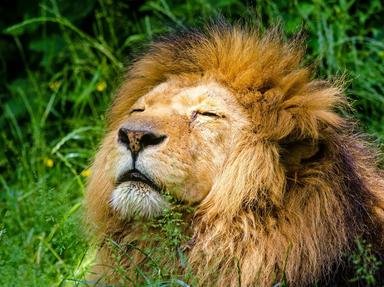Quiz Answer Key and Fun Facts
1. Which of the following snakes can swallow an egg which is several times the size of its own head?
2. The boomslang (Dispholidus typus) is a rear-fanged snake.
3. What is the colour of a black mamba (Dendroaspis polylepis)?
4. There is a certain viper called the horned adder (Bitis caudulis). Why is it named like that?
5. Which of the following lizards rolls itself into a spiky ball?
6. The Nile crocodile (Crocodylus niloticus) is the only species of crocodile found in southern Africa.
7. Cape cobras often climb trees to raid sociable weaver nests.
8. Where does a female Nile monitor (Varanus niloticus) lay her eggs?
9. Where does the angulate tortoise (Chersina angulata) live?
10. Tree agamas (Acanthocerus atricollis) are highly poisonous lizards.
Source: Author
Warzycha
This quiz was reviewed by FunTrivia editor
crisw before going online.
Any errors found in FunTrivia content are routinely corrected through our feedback system.

